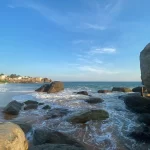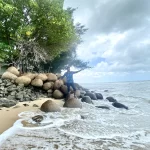The Udayagiri Fort, also known as Dillannai kottai is a fascinating historical site that will truly amaze you once you learn about its rich history, purpose of construction, the individuals responsible for building it, and the invasions that occurred during that period. If you have a keen interest in exploring the past and understanding the ancestral kingdom, this fort should be at the top of your list as an ideal destination.
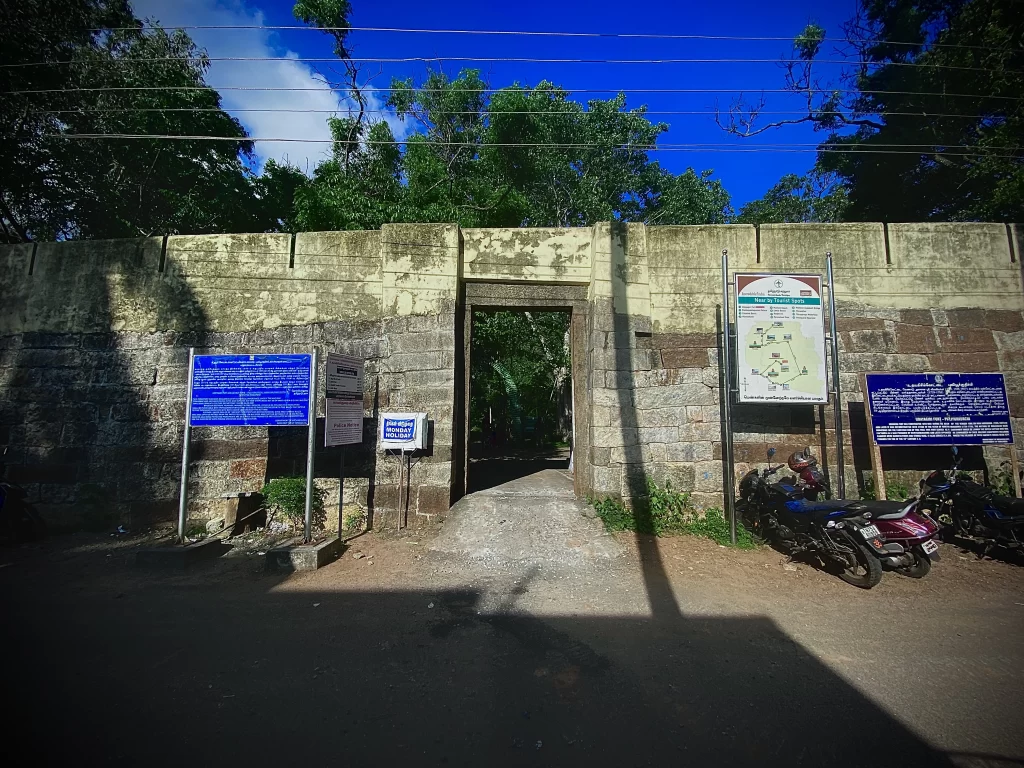
This fort spans across 90 acres of land and was constructed using large granite stones. Presently, this fort is maintained by forest department and operates as a biodiversity park that showcases a diverse range of birds and animals, while also featuring a dedicated area for children.
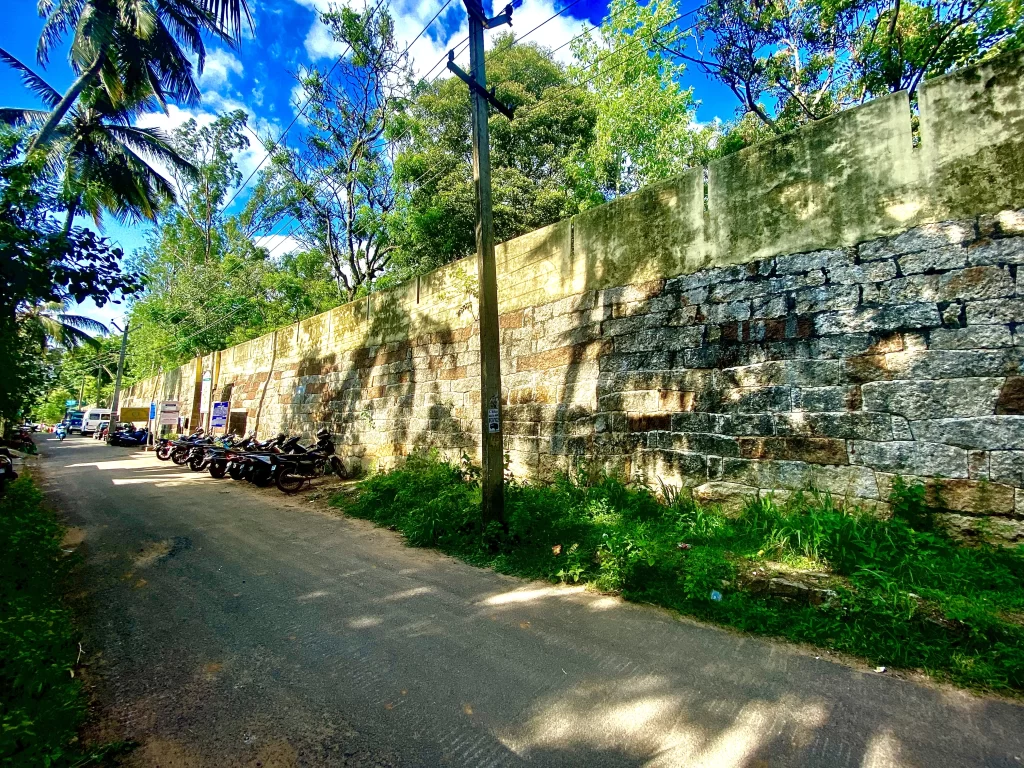
Udayagiri Fort, situated in Puliyoorkurichi, Kanyakumari district, is a historical fortification located approximately 11.4 km from Nagercoil and 67.7 km from Thiruvananthapuram. If you are traveling from Nagercoil, upon reaching the Kollenvilai Junction, Thuckalay, you will come across Smt. R.P. Rajalakshmi Hindu Vidalaya School. Opposite to the school, there is a road with a signboard indicating the direction to Udayagiri Fort. Alternatively, if you are planning a trip from Thiruvananthapuram, the school will be on your right side. Simply follow the signboard along this road for about a kilometer, and you will reach your destination. Visiting the fort has become even more convenient with the introduction of a parking area right in front.
At the entrance of the fort, on the left side, there is a ticket counter where visitors can purchase entry tickets. Please note that there is a small fee associated with entering the fort, and separate fees for those carrying a video camera. The individual entry fee is 30 rupees, while those who wish to bring a video camera for recording videos will need to pay 500 rupees.

After obtaining the entry ticket, you can proceed to explore the fort. Along the way, there are informational boards providing insights into the fort’s history and guidelines for ensuring the safety of the forest’s animals, birds, and trees.
Furthermore, there is a shed that houses a diverse range of birds and pet animals in cages, intended to offer an enchanting display for the visitors. This particular area is likely to captivate the attention of children. Regrettably, there were no name boards available to provide specific information about the bird species or breeds. Nevertheless, I could identify a few of them, such as parrots, guinea pigs, doves, and rabbits.

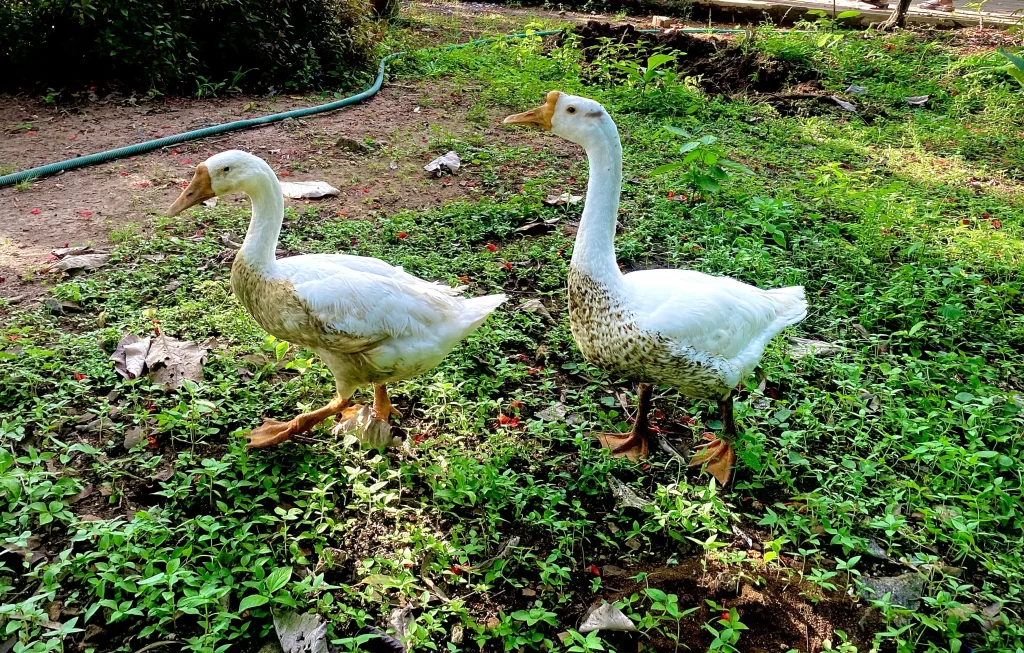
After a little more walking, a beautiful pond comes into view with a charming hut like viewpoint situated right in the centre. Visitors can access the viewpoint by crossing a picturesque bridge, allowing them to revel in the splendid view of the pond and the lush greenery that surrounds it. The experience is truly awe-inspiring, offering immense pleasure and a sense of relaxation.
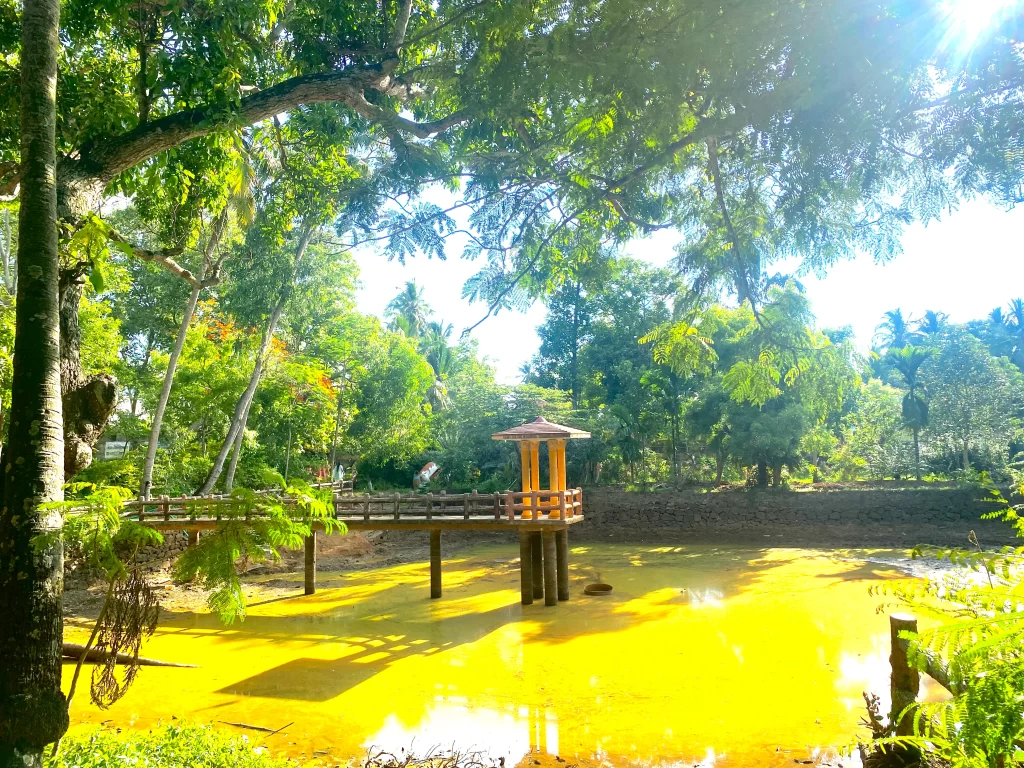
Notably, a delightful giraffe statue positioned near the pond has become a popular spot for families and children to capture memorable photographs. During my visit, I witnessed numerous families happily posing for pictures in this picturesque location.
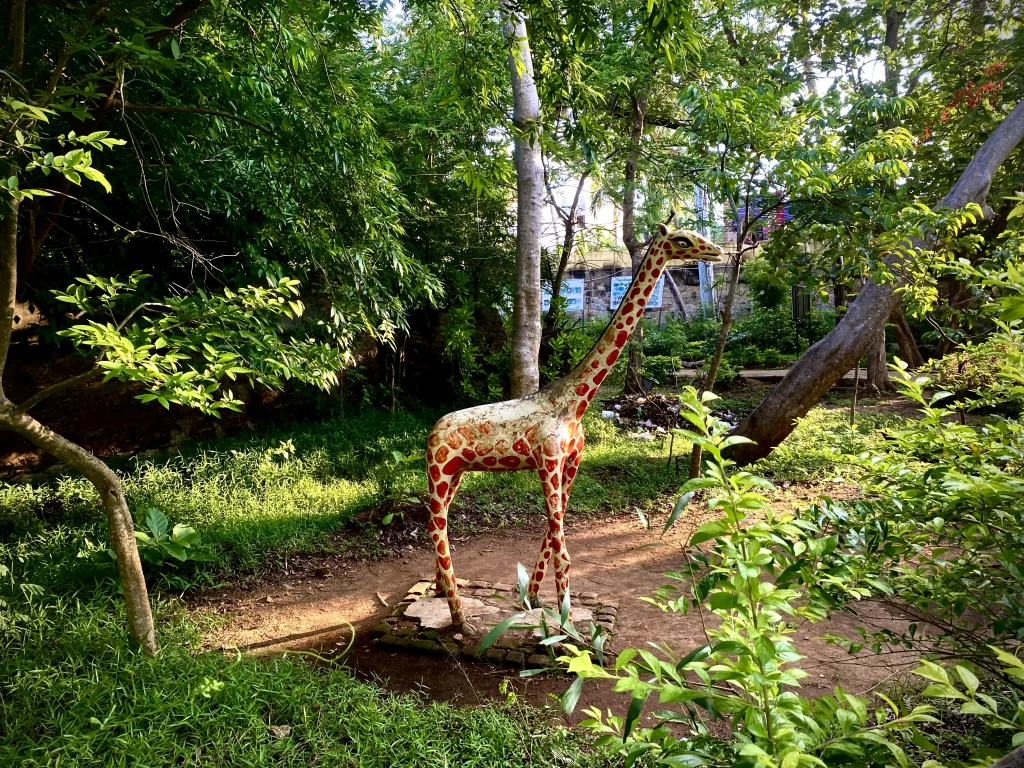
Located just a few steps away, on the right-hand side, you will find a delightful children’s park where your little ones can have a blast. If you are visiting with your family, allow your children to indulge in the park’s activities and make the most of their time, while you relax amidst the beauty of nature, engaging in friendly conversations.
Next to the children’s park, on the left-hand side, you’ll find a fascinating sight: a fence where numerous deer can be spotted. This is the perfect spot to observe the deers up close. You can find a bench nestled among bamboo trees where you can sit and enjoy a peaceful view of the deers and observing their beautiful activities.

As you take a leisurely stroll, you’ll come across an abundance of ancient trees that have likely surpassed our own ages, enveloping the entire fort in a lush, green hue. Along the pathways, you’ll also discover charming small huts, perfect for visitors seeking relaxation.
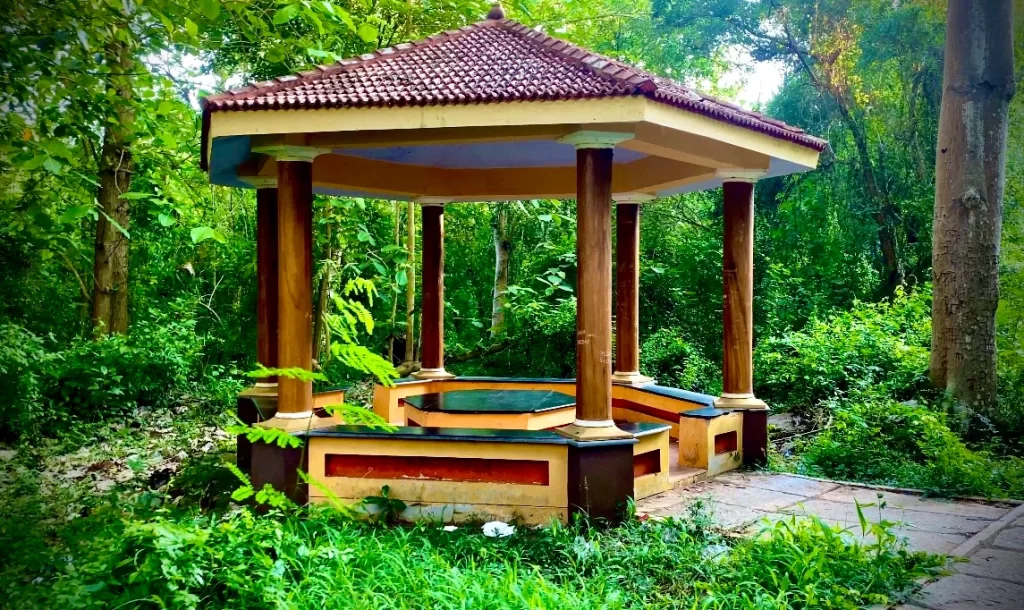
Another important site to explore within this udayagiri fort is De Lannoy’s tomb. To reach this special location, follow the signboard that reads “Way to De Lannoy’s Tomb” and take a pleasant walk amidst the surrounding trees. Once you arrive, you can read the inscribed stone letters and discover the intriguing history they hold.
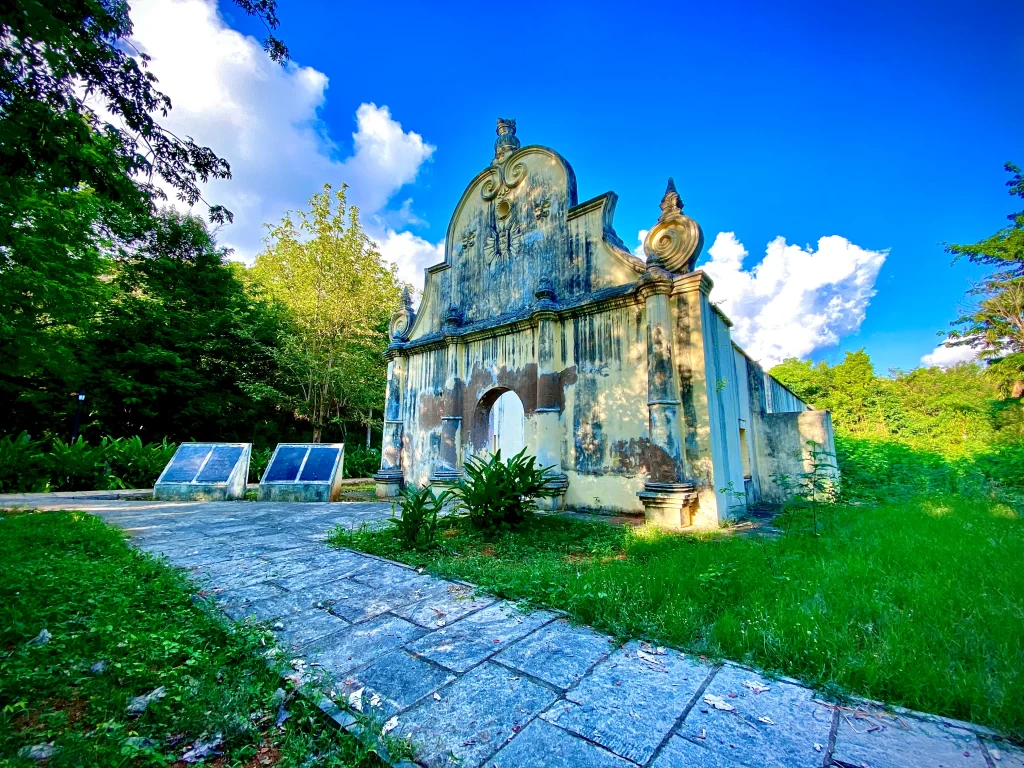
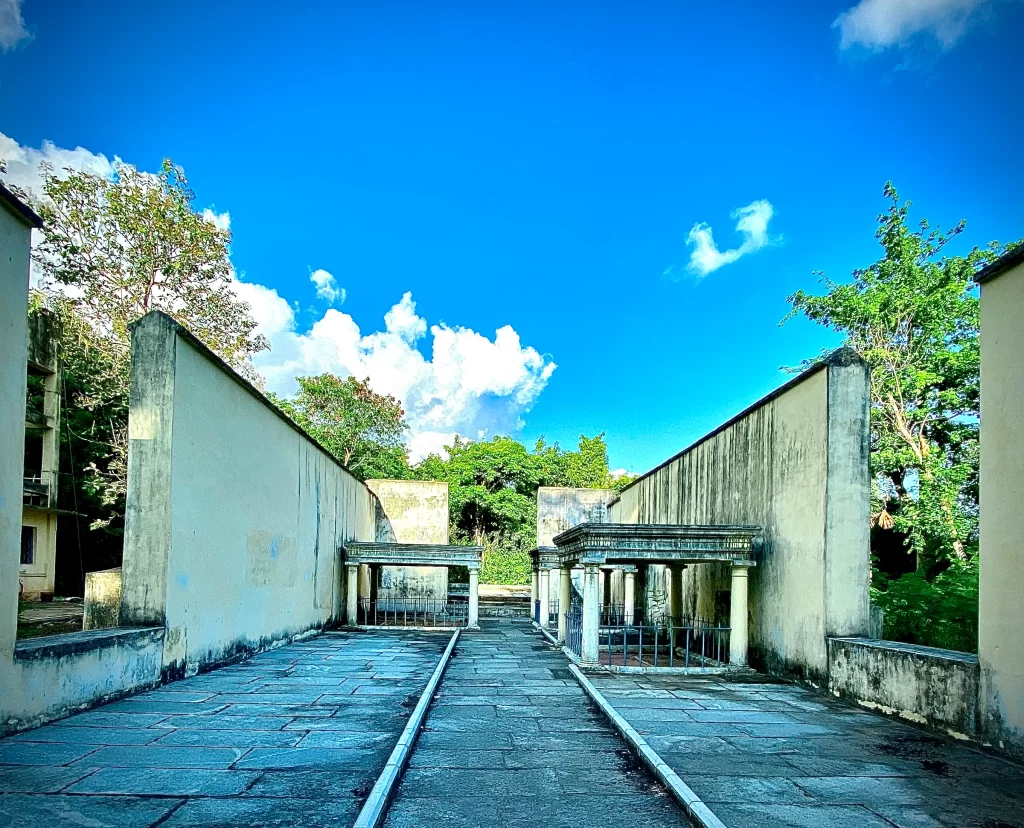
Timings to Visit
The udayagiri fort will be open six days a week from 8:00 AM to 7:00 PM, excluding Mondays. The best time to visit and enjoy a refreshing experience is in the morning or evening.
What is the history of Udayagiri fort?
The Udayagiri Fort, situated in Kanyakumari District, has a historical significance that traces back to the reign of Veera Ravi Varma, the king of Venad from 1592 to 1609 AD. Its construction took place around 1600 AD and served as both an armory and a defensive structure. Historical accounts suggest that the mud fort was constructed through generous contributions from zamindars. Unfortunately, during the rule of Venad king Baskaravarma, the fort faced destruction at the hands of king Raja Raja Chola.
During the reign of King Marthanda varma (1729-1758 AD), the esteemed founder of the modern Travancore kingdom, a significant event unfolded known as the Battle of Colachel against the Dutch army led by General Eustachius Benedictus De Lannoy. This historic war resulted in a decisive victory, largely due to the strategic brilliance of General Velu Thambi, who skillfully apprehended De Lannoy and his military counterpart, General Peter Flory.
De Lannoy, possessed extensive expertise in weaponry. Recognizing his skills, he was appointed as the commander-in-chief of the Travancore army and gained popularity as “Valia Kappitaan” which translates to valiant commander. During the reign of Marthandavarma, the king’s vision to fortify and safeguard his realm led to the reconstruction of Udayagiri Fort under the guidance of De Lannoy. The fort underwent a reconstruction process between 1741-1744 AD, using large granite stones. This expansive fort covered an area of 90 acres and was strategically built around a 260-foot high hillock (80 meters). The elevated position of the hillock provided an excellent vantage point for launching attacks with artillery. The Udayagiri Fort, under the command of De Lannoy, served as a military training center for personnel’s of travancore army.
Inside the fort, there was a manufacturing unit dedicated for producing weapons for artillery, including mortars and cannonballs. Today, visitors can still witness the remnants of these manufacturing units. The cannonballs, made exclusively from iron were available in various sizes, which serves as a testament to De Lannoy’s profound knowledge of weaponry. Some of these cannonballs have been preserved and are on display for visitors to appreciate.
Within the Fort, there existed a massive cannon, so immense that it could not be moved by soldiers or elephants. Following king Marthanda varma’s reign, De Lannoy continued his service under king Rama varma. Unfortunately, De Lannoy fell ill and passed away in 1777 AD. To honor the exceptional contributions of De Lannoy to the Travancore army, a memorial was built within the fort, encompassing his grave. Adjacent to De Lannoy’s grave, one can find the graves of his wife Margeratte, as well as his son Johannes De Lannoy, who also held the position of commander, and Peter flory. The grave itself features a stone inscription in Tamil and Latin languages, with an engraved Dutch symbol.
During De Lannoy’s funeral, as a mark of reverence, approximately 8,000 cannonballs and weapons were placed on both sides of the path leading to the grave.
Furthermore, the historical significance of Udayagiri Fort extended beyond its military functions. In the 18th century, the fort served as a prison facility, where soldiers captured during the era of Tippu Sultan were confined. Following this period, the fort came under the administration of the English East India Company until the middle of the 19th century.
How high is Udayagiri fort?
The Udayagiri Fort stands at an approximate height of 18 feet (5.5 meters), with a wall thickness of 15 inches.
Nearby Tourist Places
- Padmanabhapuram palace- 3.1 Km
- Colachel beach- 15.6 Km
- Mandaikadu temple- 14.4 Km
- Muttom Beach- 17.4 Km
- Lemur Beach- 18.5 Km
- Perunchani Dam- 22.3 Km
- Mathoor aqueduct- 16.9 Km
- Thirparappu waterfalls- 25.7 Km
- Pechiparai dam- 29.6 Km
- Vattakottai Beach- 31.7 Km
- Chitharal Rock Jain Temple- 18.4 Km.



